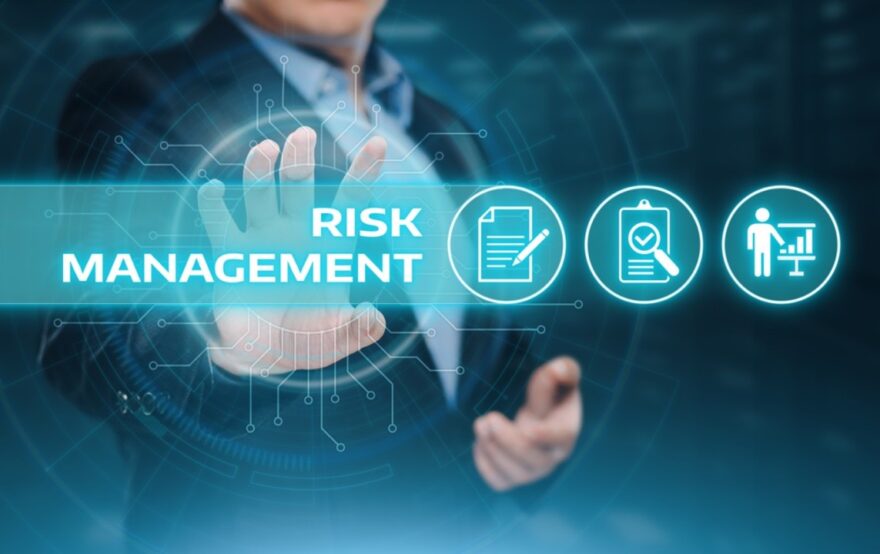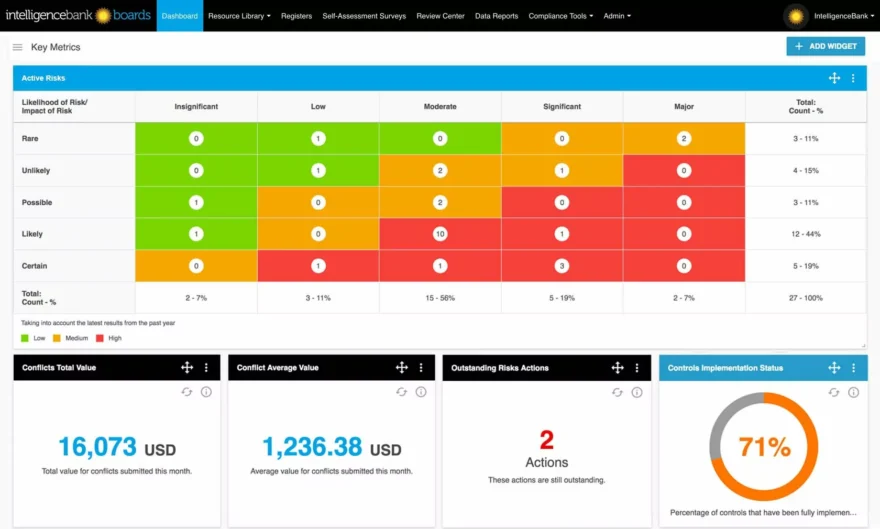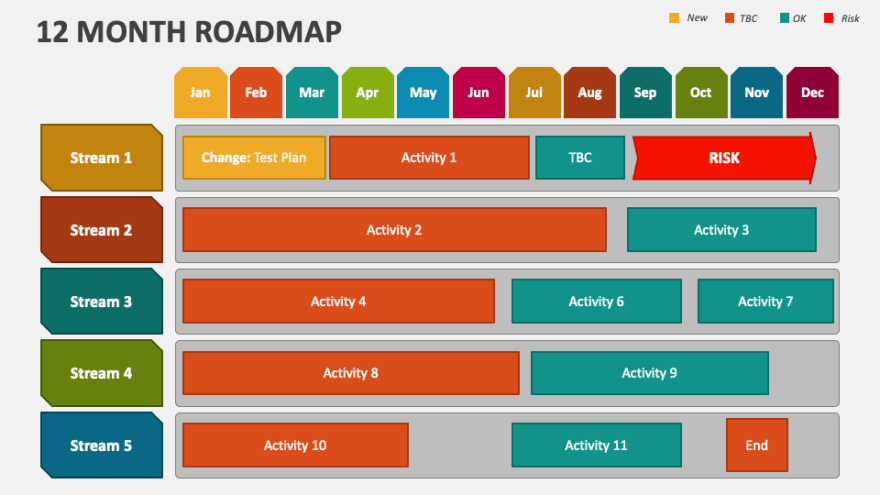Taking risks is both the guardrail and the accelerator of success. Boards that treat risk as an afterthought, or worse, as a compliance checkbox, end up blindsided. But boards that take risk seriously? They steer through disruption, not merely survive it.
In this article, I’ll walk you through how to architect risk governance at the board level in a way that’s strategic, not bureaucratic.
We’ll cover foundations (structure, role clarity), practices (reporting, culture, metrics), and evolving challenges (digital risk, AI, supply chain stress).
You’ll read narrative examples, see mini-frameworks, and get crisp action steps you can test next quarter.
Why board-level risk management is non-negotiable

Picture this: a mid-sized tech company is expanding into foreign markets. Everything is going smoothly until a local regulation change causes a product to be banned overnight. The executive team scrambles, but the board is caught off guard. That’s exactly the scenario good governance is supposed to prevent.
At the board level, risk oversight is not about micromanaging day-to-day firefights. It’s about ensuring that risk is embedded into strategy, that blind spots can’t fester, and that the company never treats its license to operate as an afterthought.
Research confirms what many seasoned board members already know: the board must formally review the risk management system annually, assess oversight responsibilities, and refresh skills and board composition. But too often boards do it perfunctorily – without discipline, rigor, or follow-through.
Let me start with something that might be surprising: one of the most effective lever arms for board risk oversight is in who you recruit to the board. If the board lacks domain expertise in, say, cybersecurity, supply chain resilience, or ESG risk, you’re already handicapping your oversight. You don’t want token voices – you want genuine, complementary skill sets.
That’s where a Non-Executive Director Recruitment Agency becomes a strategic partner. Having a disciplined external channel helps ensure the board evolves intentionally, not reactively. A recruitment partner with governance understanding can inject members who immediately bring credibility, fresh perspectives, and the appetite to challenge management. (Yes, recruitment is a risk management tool.)
Clarifying roles: what the board should own (and what it shouldn’t)
Boards often fall into two traps:
- Overreach — where the board begins to micromanage operations, which leads to bottlenecks and slowed decisions.
- Underuse — where they defer risk decisions entirely to executives or committees, becoming passive.
To strike the right balance, the board must:
- Define its risk oversight mandate. The board should explicitly delineate which risks it owns (strategy, reputation, major investments) and which are delegated (operational, process-level).
- Allocate oversight across committees. Many boards delegate day-to-day oversight to an audit committee; some create a separate risk committee – though only ~12% of S&P 500 boards had dedicated risk committees as of 2023.
- Demand clarity on reporting cadence, format, and quality. That means agreeing in advance how management presents risks (heat maps, dashboards, narrative deep dives), and insisting that the board sees what matters, not what’s nice to know.
- Review board composition and refreshment annually. The board must assess whether the current mix of skills, perspectives, and experiences is sufficient to oversee evolving risks.
Table: Board vs Management Responsibilities
| Role | Typical Board Responsibility | Typical Management Responsibility |
| Strategy risk | Approve and challenge, align with appetite | Draft scenario analyses, propose mitigation |
| Emerging risk | Ask penetrating questions, convene special reviews | Monitor horizon scanning, alert board |
| Risk culture | Set tone at the top, insist on “speak up” culture | Embed in operations, enforce incentives |
| Reporting quality | Approve formats, challenge completeness | Produce dashboards, supporting narratives |
The board should not aim to eliminate risk – that’s not realistic. Its job is to ensure risks are appropriate, understood, and mitigated where possible.
Building the mechanics: practices that make risk oversight stick
Good structure alone doesn’t guarantee results. Let me show you the practices that transform oversight from a checkbox to muscle.
1. Risk heat maps & dashboards – visual overviews that force focus

When management hands you a 20-page Word dump covering 30 risks, you’ll zone out. Instead, insist on:
- A heat map that categorizes risks by likelihood × impact.
- A “top 5 risks” view that the board drills into each meeting.
- Supporting deep dives (one or two per meeting) with root causes, scenario sensitivity, and mitigation progress.
Visualization helps turn abstract threats into tangible priorities. Directors repeatedly say: “Seeing across the enterprise in one simple view helps me connect dots.”
2. Frequent, structured reporting plus “red flag” breaks
Set the rhythm:
- Quarterly board risk report — top risks, emerging risks, mitigation updates
- Monthly or bimonthly executive-level risk updates (for bigger organizations)
- Ad hoc “red flag” reporting — if something material happens (e.g. data breach, supply chain shock), the board is briefed immediately rather than waiting for the next cycle
Don’t let “no news is good news” become an excuse. Risk evolves faster than board schedules.
3. Test scenarios, war-gaming, and “what if” stress sessions
One of the most underrated tools: schedule one risk workshop annually (or biannually) where board and management role-play through adverse scenarios:
- Cyber breach simulation
- Regulatory shock
- Geopolitical disruption in key markets
This isn’t theater — it surfaces assumptions, tests resilience, and surfaces gaps that you’d never see in a passive report.
4. Independent assurance & “sounding boards”
Risk oversight weakens when the board only hears management’s narrative. To counter that:
- Engage internal audit to run risk-based audits (focusing resources where risk is highest).
- Leverage third-party reviews, especially in specialized domains (cybersecurity, climate, AI).
- Ensure non-executive directors have access to independent counsel or advisors when needed.
These safeguards help guard against information asymmetry (a common challenge for NEDs).
Cultivating the right culture: courage, transparency, and alignment
Structure and process get you far. But boards that succeed at risk oversight do more: they anchor culture.
Lead with tone at the top
When the board acts as if risk is secondary, the organization will too. Directors and executives must consistently model:
- Transparent discussion of failures, near misses, and lessons learned
- Encouragement of dissenting views, “minority reports,” and devil’s advocates
- Alignment of incentives so that decision-making doesn’t reward reckless shortcuts
Academic research on risk governance emphasizes that culture is often the weakest link. You can have elegant risk systems – but if the people running them don’t believe in them, they will be circumvented.
Schedule culture “pulse checks”
Every board should pause periodically to reflect:
- Are dissenting voices heard or shut down?
- Does senior management talk about risk openly?
- Do incentives or KPIs push people to hide negative signals?
You don’t need a perfect culture – you need to be interrogating it.
Facing modern challenges: digital, AI, supply chain, and what to do
Risk used to be about credit, operations, and compliance. Now it’s about generative AI gone rogue, supply chains collapsing, platform outages, and reputational backlash on social media.
A few pointers to keep you ahead:
Bridge the tech-human gap
Directors are often non-technology experts, yet they must govern digital risk. But executives often present tech in jargon. Board members need:
- Translated risk metrics (e.g. “how many patients’ records exposed?” not “X vulnerabilities detected”)
- Dashboards tying cyber risks to business value (revenue at stake, reputation, remediation cost)
- Scenario exercises (cyber hack, supply chain attack, AI model breakdown) to align mental models
A recent systematic review showed boards struggle because they lack metrics and models in a language they understand.
Treat AI as a first-class risk
If your organization uses AI or plans to, the board must:
- Insist on an AI governance framework (risks, thresholds, override controls).
- Require “red-team” stress tests for AI models (e.g., how the model misbehaves under adversarial input).
- Ask: Who is legally accountable if AI causes harm?
Don’t relegate to “just IT” – it’s strategic.
Map supply chain & third-party risk
Even if you don’t manufacture globally, your dependencies probably do. Ask:
- What happens if 20% of my suppliers fail?
- Do I have alternative suppliers mapped, and are they vetted for ESG, geopolitical, and resilience risks?
- When supply chain shocks hit, can management act without board inertia?
Putting it all together: a 5-step roadmap for your next 12 months

Here’s a distilled plan to embed effective risk management at the board level:
1. Board self-assessment and refresh
- Review skills gaps. Use a non-executive director recruitment agency to bring in missing domain expertise.
- Organize orientation for new and existing members on key emerging risks.
2. Define oversight architecture
- Decide which risks the full board handles, which the audit or risk committee handles.
- Agree on formats, frequency, and escalation triggers.
3. Build reporting infrastructure
- Design dashboards, heat maps, and red flag alerts.
- Run pilot cycles so management learns what the board needs and vice versa.
4. Schedule stress sessions and audit alignment
- Plan a scenario workshop annually.
- Ensure internal audit and external parties cover high-risk domains.
5. Monitor, adapt, evolve
- At least annually, revisit the risk framework, board composition, and reporting cadence.
- Stay alert to emerging domains (AI, climate, geopolitical) and adjust the governance architecture.
Final thoughts
Risk is not your enemy. When approached with discipline, humility, and curiosity, risk becomes your compass. A board that is fear-driven or box-ticking is no board at all. But a board that leans in – that structures, challenges, learns – becomes a strategic accelerator.
In my experience, the boards that outmaneuver crises are the ones that treat risk governance as a serious muscle, not a polishing chore. If you’re leading or advising a board now, invest in composition, structure, and most of all in the culture that makes it transparent rather than hidden.
Related Posts:
- 20 Best Gaming Headset Under 50$ 2024 - for PC, PS4,…
- Top 16 Best Office Chair Covers 2024 - Chair…
- Top 10 Best Modem For Gaming 2024 - For Optimum Gaming Speed
- Top 10 Best Inflatable Kayak 2024 - for Exploring…
- 15 Best Shoes for Walking on Concrete 2024 - Soft &…
- Top 10 Best Outdoor Basketball Shoes 2024 - Durable…







